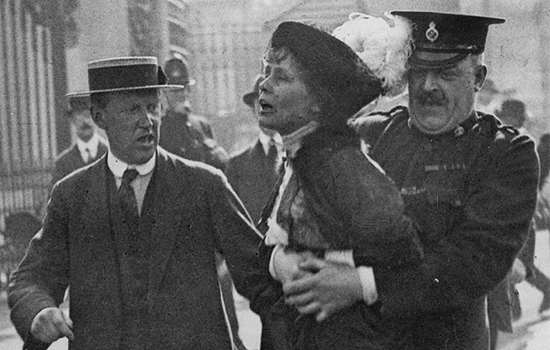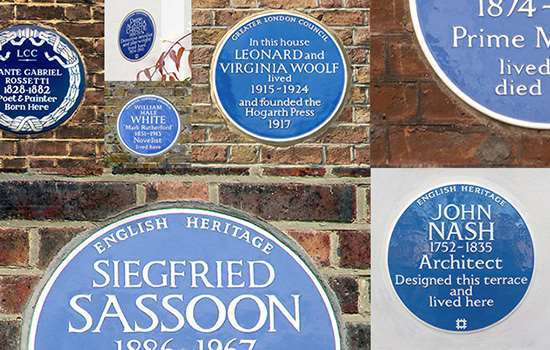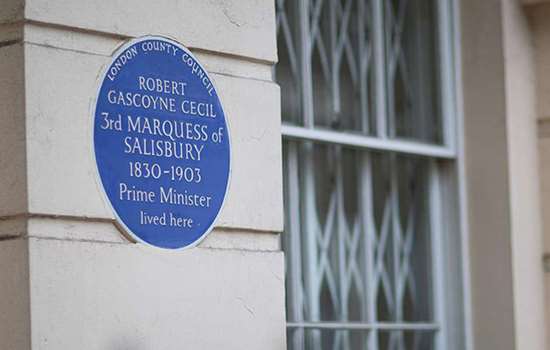BRIDGEMAN, Charles
Plaque erected in 1984 by Greater London Council at 54 Broadwick Street, Soho, London, W1F 7AH, City of Westminster
All images © English Heritage
Profession
Landscape Gardener
Category
Gardening
Inscription
CHARLES BRIDGEMAN Landscape Gardener lived here 1723-1738
Material
Ceramic
The landscape gardener Charles Bridgeman designed the Round Pound and the Serpentine in Kensington Gardens, London, and the grounds of Stowe in Buckinghamshire. He lived at 54 Broadwick Street in Soho from 1723 until his death in 1738.
NATURAL LANDSCAPES
Horace Walpole regarded Bridgeman as the first English gardener to move away from the rigid ‘square precision of the foregoing age’ to the more natural landscape gardening of the Georgian period. This transition was exemplified by his work for the 1st Viscount Cobham at Stowe, Buckinghamshire. Between about 1713 and 1725 Bridgeman created one of the most important landscape gardens of the age, collaborating with architects such as John Vanbrugh and William Kent. After Bridgeman’s death, Stowe became one of the earliest projects of Lancelot ‘Capability’ Brown.
Five years after moving in 54 Broadwick Street with his wife Sarah (d. 1743/4), Bridgeman was appointed Royal Gardener. In addition to designing the Round Pond (1728) and the Serpentine (1731) for Queen Caroline, he was responsible for a portfolio of properties including Hampton Court, St James’s Palace and Windsor Castle. Other commissions included the gardens at Rousham House in Oxfordshire and Amesbury in Wiltshire.
BROADWICK STREET
Number 54 – then 19 Broad Street – was a terraced house built by Bridgeman’s brother-in-law, John Mist, in 1722–3. Although Bridgeman had a series of official residences, it seems likely that he produced designs for his landscapes and gardens from his home at number 54. The inventory made of the property’s contents at the time of his death – which occurred at his official residence in Kensington – records two drawing boards, a theodolite and ‘a wooden Case for taking Prospects’. Number 54 was rebuilt following bomb damage, and was restored in 1983–4 by the architect Quinlan Terry.
Nearby Blue Plaques
More About Blue Plaques



